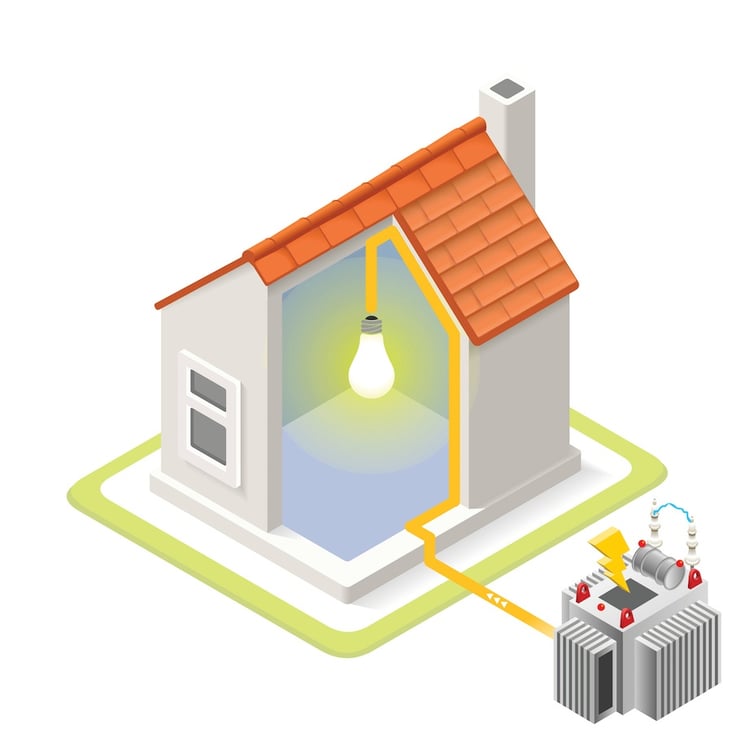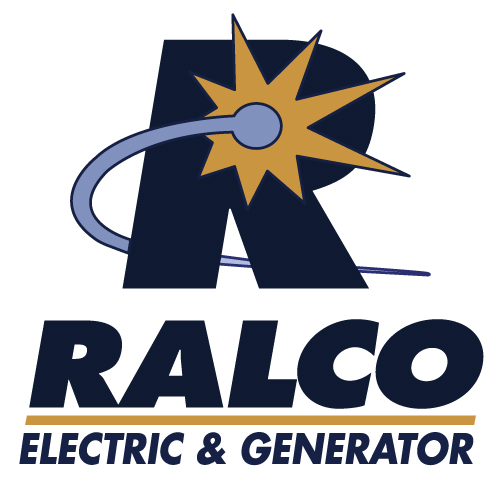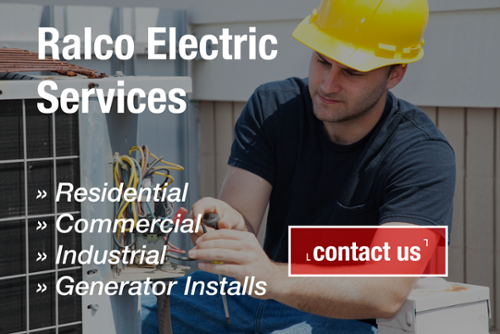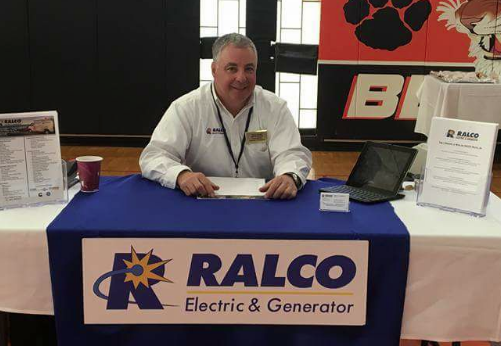
Generators can be a lifesaver when the power goes out. They’ll keep your refrigerator running and your phone and laptop charged up --- among many other things.
Don’t be one of the thousands of people who buy a home generator after the storm hits. Get prepared early instead. Generator sales spike immediately after a storm, and many people pick one hastily that doesn’t meet their needs.
Use this guide to get ahead of the game.
Assess your needs
Which appliances and utilities do you need to keep running: refrigerators, air conditioning, computers? Don’t experience any interruptions. Perhaps you know exactly how much wattage you actually need. Keep in mind that cheaper models can result in an electricity surge and damage appliances. Knowing exactly what you need your unit to do is the first and arguably the most important step.
Choose stationary or portable
Here’s a look at the basic pros and cons of stationary and portable home generators.

Stationary
- More expensive
- Start automatically in the event of a power outage
- Are capable of self diagnosis
- Run on natural gas or propane
- Usually range from 5,000 to 20,000 watts
- Cost typically between $5,000 and $10,000
Portable
- Less expensive
- Must be manually started
- Run on gasoline or propane
- Must be used away from house, doors, and windows and covered from rain
- Range from 3,000 to 8,500 watts
- Cost between $400 and $1,000
Remember that depending on where you live, installing a stationary generator may mean a substantial increase in your home’s value.
Look into additional features
There are a number of different add-ons that you may want to consider. These include but are not limited to:
Electric/automatic start functionality
With this add on, you won’t have to take any action to start up your generator. It will simply spring into action when the power goes out.
Wheels
Some portable generators don’t come with wheels. If this is the case, you could pay $100 or more for this add on.
Fuel Gauge
Particularly useful during a prolonged power outage, a fuel gauge will let you know where you stand on fuel levels.
Inverter
Generators with inverter technology tend to run more quietly and won’t overheat electronics.
Installing the Transfer Switch
To safely operate your home generator, whether standby or portable, you’ll need a transfer switch. The transfer switch is basically the connection from the generator to your home’s electrical panel. Transfer switch installation will typically run anywhere from $500 to $1,200. With a standby generator, if the power goes out the transfer switch will flip automatically. Many people don’t account for the transfer switch when they price out their generator. Don’t make this common mistake.
Why you should consider a home generator

Hurricane Sandy power outage map | The Huffington Post
Here in Massachusetts, almost 300,000 homes lost power in the aftermath of Hurricane Sandy. In nearby Rhode Island, more than 100,000 were left in the dark.
Have additional questions related to your specific situation? Want to speak with an expert? No matter where you are, we'd love to steer you in the right direction.
For more than 30 years, Ralco Electric has been serving Westport, MA and the surrounding area with a full range of electrical services. If you're looking for a home standby generator installation in Westport, Fall River, or Providence, RI --- contact us today.




